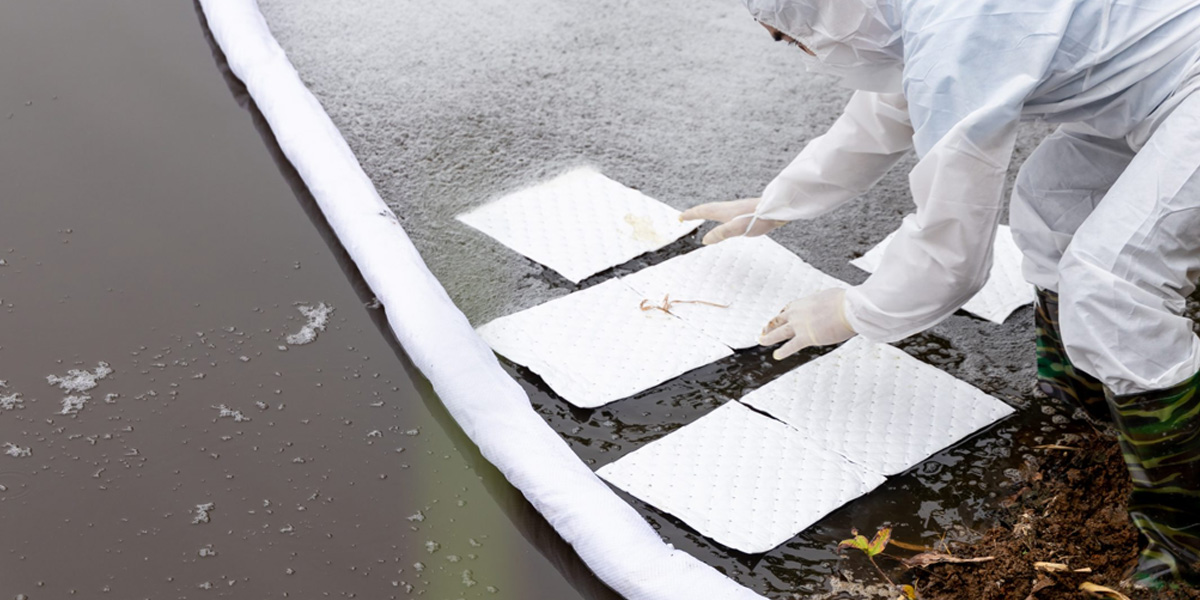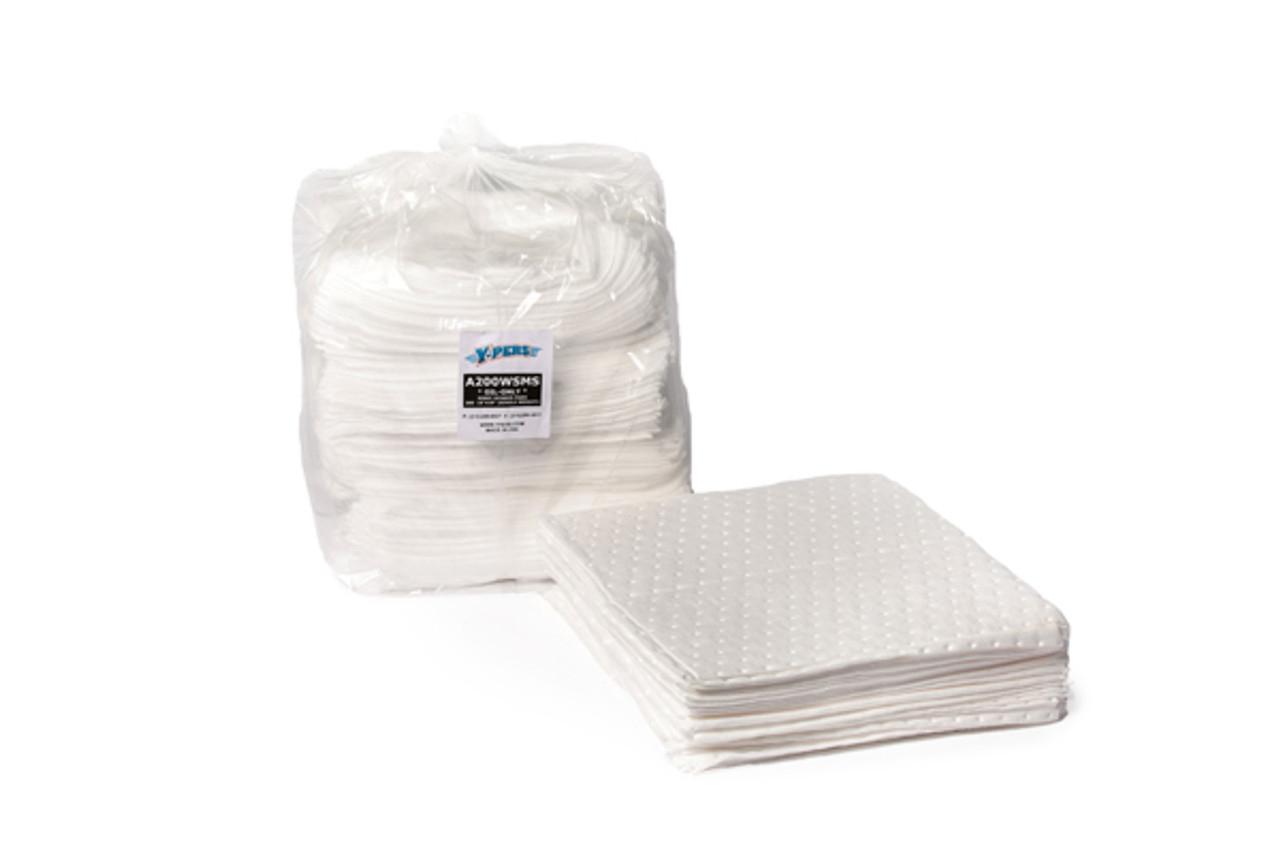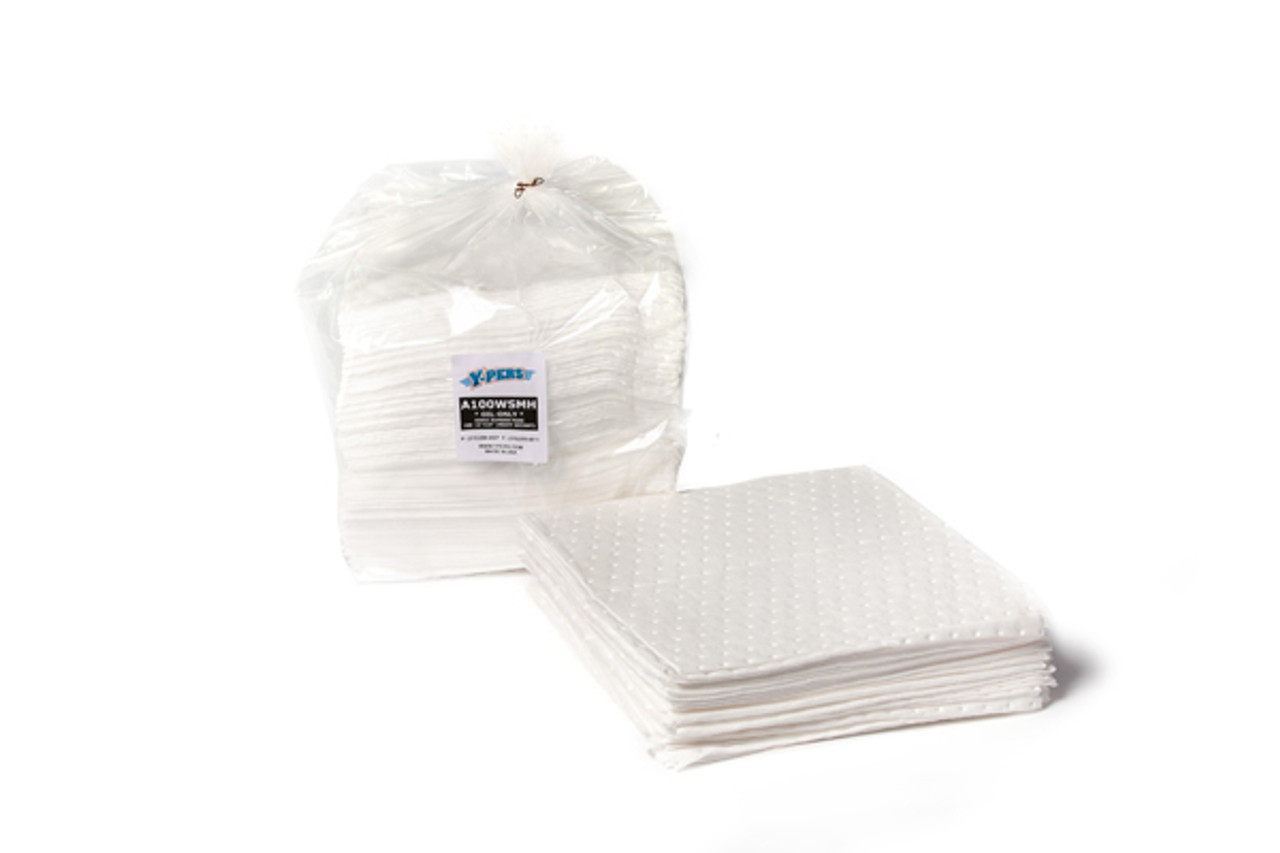Cost-Effective Oil Absorbent Pads on Water
Cost-Effective Oil Absorbent Pads on Water: Protecting the Environment Without Breaking the Bank
Oil spills on water bodies, whether from industrial accidents, marine vessels, or storm runoff, pose serious environmental threats. Quick and effective cleanup is essential to minimize damage to aquatic ecosystems. One of the most efficient tools for managing these spills is oil absorbent pads designed specifically for water surfaces.
In this article, we’ll explore how cost-effective oil absorbent pads on water can provide an eco-friendly and budget-conscious solution for oil spill management.
What Are Oil Absorbent Pads?
Oil absorbent pads are specially engineered materials designed to soak up oil and hydrocarbons while repelling water. They are widely used to clean oil spills on open water, rivers, lakes, and even indoor water containment areas.
Key Features:
- Hydrophobic: Repel water and absorb oil selectively.
- Durable: Designed to float and withstand harsh outdoor conditions.
- Lightweight and easy to deploy: Can be thrown or placed quickly on the spill.
Why Use Oil Absorbent Pads on Water?
1. Efficient Oil Capture
These pads absorb oil quickly, preventing it from spreading and reducing the risk of further contamination. Their selective absorption ensures they don’t get waterlogged, making cleanup faster and more effective.
2. Minimize Environmental Impact
Oil absorbent pads help contain spills before they reach sensitive shorelines, wildlife habitats, or drinking water sources. Using pads reduces the reliance on chemical dispersants, which can sometimes cause additional environmental harm.
3. Cost-Effectiveness
Compared to large-scale mechanical skimmers or chemical treatments, oil absorbent pads are affordable and can be purchased and stored for emergency use. Buying pads in bulk often reduces unit costs, making them accessible even for smaller businesses or municipalities.
Choosing Cost-Effective Oil Absorbent Pads
When looking for budget-friendly options, consider these factors:
Material Type
- Polypropylene Pads: Most common and cost-effective; excellent oil absorption and water repellency.
- Natural Fiber Pads: Made from recycled or organic materials; environmentally friendly but sometimes pricier.
- Reusable Pads: Can be wrung out and reused multiple times, reducing long-term costs.
Size and Absorbency
Select pads sized appropriately for the spill volume and water surface area. Larger pads cover more area but might be less maneuverable.
Tips for Using Oil Absorbent Pads Effectively on Water
- Deploy pads quickly after a spill is detected to contain the oil from spreading.
- Use pads in combination with booms to corral oil in a concentrated area.
- Regularly monitor and replace saturated pads to maintain cleanup efficiency.
- Train staff on proper handling and disposal to prevent secondary contamination.
Real-World Applications
- Marine and Shipping: Preventing oil leaks during fueling or accidents.
- Industrial Sites: Controlling runoff from equipment and machinery near water bodies.
- Emergency Response Teams: Rapid deployment kits for accidental spills.
Where to Buy Cost-Effective Oil Absorbent Pads
Many suppliers offer affordable options in bulk:
- Industrial safety suppliers
- Environmental cleanup specialists
- Online marketplaces with bulk pricing
Here are the best options from Y-pers for Oil Absorbent Pads on Water. Contact us for better and bulk pricing!
|
|
|
Conclusion
Cost-effective oil absorbent pads on water are an essential tool in responsible oil spill management. They provide a reliable, environmentally friendly, and affordable method for quickly containing and cleaning oil spills in aquatic environments. Investing in the right absorbent pads can save time, reduce environmental damage, and lower cleanup costs.
If you need help sourcing oil absorbent pads or advice on best practices for oil spill response, feel free to reach out!





